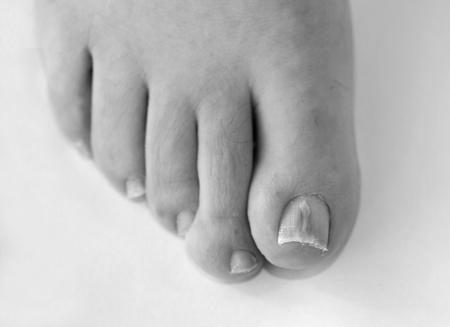Beginning Stages And Early Signs Of Toenail Fungus
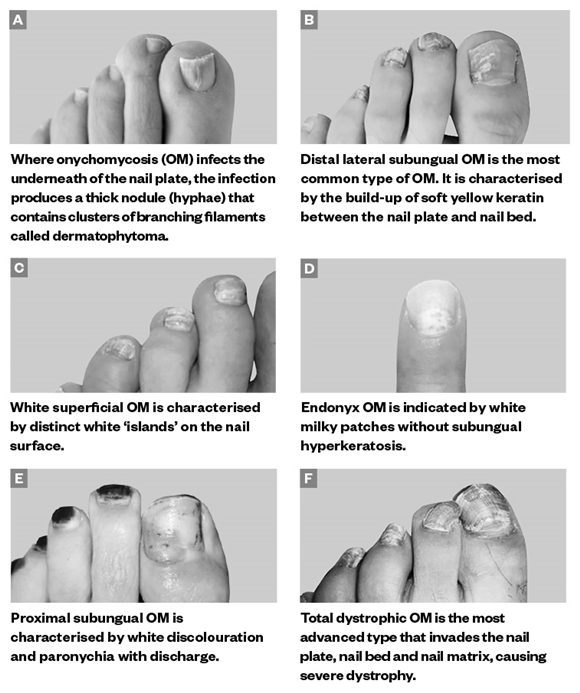
What Are The Early Signs And Stages Of Toenail Fungus In Your Toenails? Learn More Here! Here’s a brief run-down of the symptoms and causes of this potentially dangerous condition. Eventually, the fungus will spread to the surrounding skin and nails. If left untreated, the disease can progress and cause the entire nail to become thick and brittle. It can even cause the nail to detach from the nail bed.
Early stages
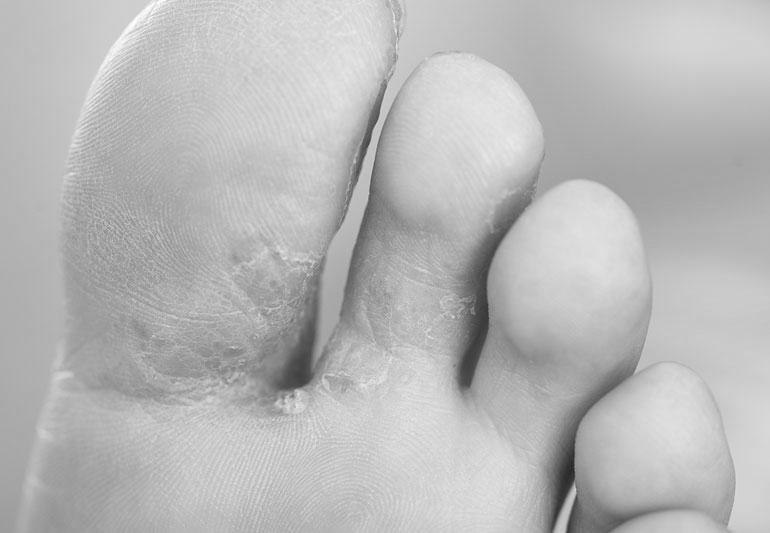
If you have toenail fungus in the early stages, you might consider using vinegar as a treatment. Mix two parts vinegar with one part water and rub your feet in this mixture for at least 30 minutes daily. Vinegar has antifungal properties and helps balance the pH of your skin, making it less appealing for fungus to grow. You can also try Snakeroot extract, an ancient Mexican remedy for toenail fungus. Snakeroot is a flower in the sunflower family and is said to have antifungal properties.
Once you begin to notice the symptoms of toenail fungus, you may not realize that you have the condition until it progresses. As the infection progresses, the discoloration of your toenails turns green or black. As the fungus spreads, your nails may become thick, loose, or flake. Despite the thickening of your nails, you might experience pain if you walk barefoot in a pair of shoes. Additionally, the infection may spread to other nails.
To prevent this infection from spreading, you must wear water shoes or flip-flops when swimming or showering. You should always wash your hands immediately after swimming or at a waterpark. And don’t share nail care products with anyone – especially when you have a fungal infection. If you’re not careful, toenail fungus will attach to anything, including your hands.
Fortunately, this disease can be easily treated. By recognizing its early stages, you can start taking preventive measures for prevention and treatment. Using a topical cream or nail lacquer is a great way to treat toenail fungus in its early stages. A physician may prescribe a remedy for you, depending on the symptoms you’re experiencing. Taking the proper measures may even help you avoid the disease altogether.
Although toenail fungus can affect both the toenail and fingernail, it is more common in the toenail. It can become thick and discolored and sometimes even deformed. It is also essential to visit a doctor if you have diabetes and suspect that you have it. Depending on the severity of the infection, you may be able to cure it without treatment, but the worst-case scenario is waiting until it’s too late.
Treatment options
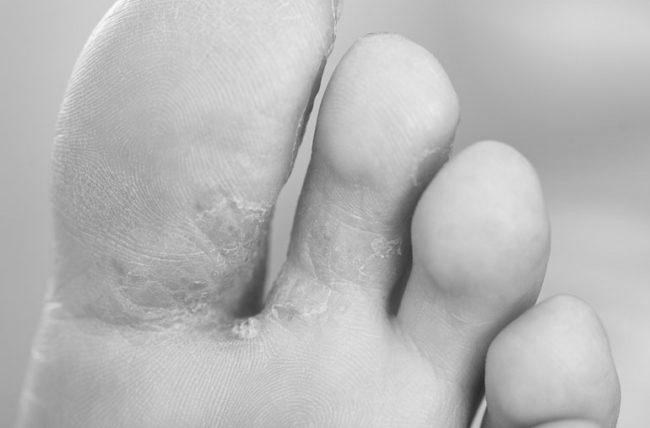
There are many treatment options for the beginning stages of toenail infection, including various topical creams and a prescription drug. The most effective treatments are terbinafine (Lamisil) and itraconazole (Sporanox). These drugs work by helping a new nail grow free of fungus. Typically, these drugs are taken for six to 12 weeks, but results may take more than six months to be complete. The recurrence rate is around 40%.
Getting treatment for toenail fungus at the early stages is essential to preventing the infection and ensuring a quick recovery. The first step in treating toenail fungus is to identify and stop the source of the fungus. The disease can spread to other body areas, including the scalp and the skin between the toes. It can be classified into two groups, dermatophyte, and hyphae.
Changing footwear is a vital part of toenail fungus prevention. You should avoid using footwear with infected nails and make sure your feet dry thoroughly before bed. Toenail fungus prevention can include wearing shoes and socks made from synthetic fibers, as they wick moisture away faster than cotton. Wearing shoes and socks that fit correctly also reduces the chance of blisters and other foot injuries.
Over-the-counter antifungal medications can be helpful in the early stages of toenail fungus. But they may not penetrate the nail deeply enough to effectively cure the infection. In this case, a prescription-strength drug may be required. Physical treatments are also available, which may be more convenient than taking oral antifungal medication. Depending on the severity of the infection, an injected drug may be the most effective method.
In the beginning stages of toenail fungi, dermatophytids can occur in the nail. These are fungus-free lesions that can appear on the skin, often in places far removed from the infection site. The appearance of these lesions can be challenging to diagnose, but a doctor can order lab tests to help rule out a bacterial or fungal infection.
Symptoms
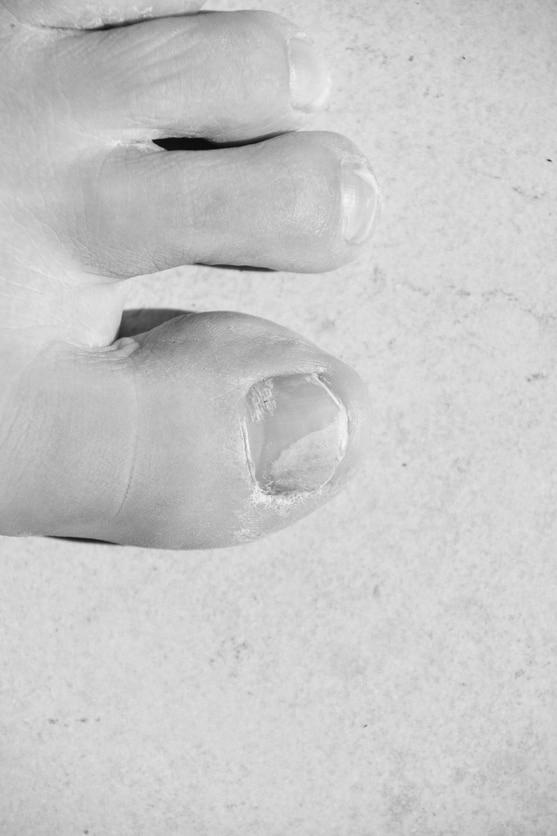
Several signs of toenail fungus can occur in the beginning stages. Initially, your toenail may be discolored, chalky, or crumbly. You may also notice an unpleasant odor coming from the nail. Pain under the nail bed can also be a symptom of toenail fungus. If you notice any of these signs, it’s time to see a doctor.
The infected nail won’t return to normal in a day, but it should. Eventually, the layers will fall off. Often, you can cut the infected nail with a pair of nail clippers. However, this can make the fungus grow even more complex. A new, healthy pin should succeed in its place and return to its original color.
In addition to home remedies, your primary care physician can prescribe an oral antifungal pill or prescription-strength topical medication. Both options effectively cure toenail fungus, but you should follow the doctor’s advice for a long-term cure. Some people find that tea tree oil is beneficial. If you can’t find a home treatment, your doctor can perform a surgical procedure to remove the infected nail. In some cases, toenail fungus may spread to other body parts.
Symptoms of toenail fungus are hard to distinguish in the early stages, and they often look like psoriasis. However, you should visit a dermatologist if you are concerned about the symptoms of toenail fungus. A doctor will perform a nail scraping test to identify the exact type of fungus. The doctor may also prescribe antifungal medication, but it takes time to work. Additionally, because the nail plate makes it difficult to deliver the drug to the skin, your doctor may opt to remove the affected toenail.
The first stage of toenail fungus is not painful until the symptoms become advanced. It can be severe and impede your ability to walk or even lead to painful ingrown toenails. If you suspect you may be suffering from toenail fungus, make an appointment with your doctor immediately. Your doctor will prescribe medication for you if your symptoms do not improve.
Causes
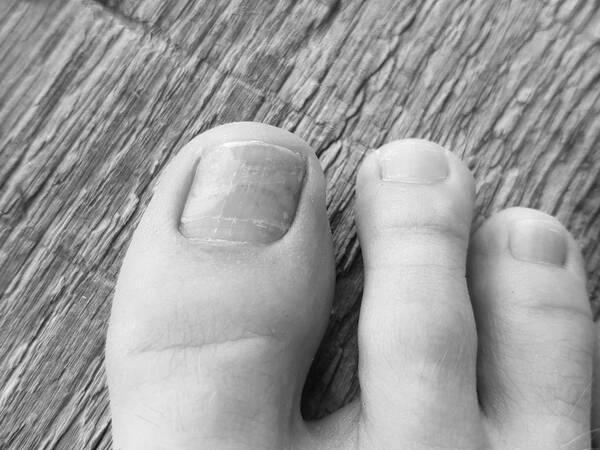
Most cases of toenail fungus are caused by a fungus called onychomycosis. This fungus lives on the nail plate and can attack both toenails and fingernails. Although it is contagious, it can spread through contact with infected objects. If left untreated, it can lead to brittle nails that break off from the toe.
Fungal infections are most common among people over the age of 60. Other factors that increase your risk are poor circulation and exposure to fungi. Males are at a greater risk of acquiring toenail fungus than females. Certain conditions, including diabetes, poor circulation, weakened immune system, a history of athlete’s foot or weakened immune system, and trauma to the feet, increase your risk of infection.
Treatments for toenail fungus include medication, changing footwear, and regular inspection of your feet. Using proper hygiene measures and cleaning products is the first line of defense against fungus. You should always wash your feet thoroughly with soap and water after using the bathroom. You should also wear shower shoes in public areas and clip your toenails straight across. You should also wear shoes that breathe so that they do not harbor fungus.
Dietary changes can help your body fight candida and cure toenail fungus. Changes in your diet should include healthy fats like coconut oil. These foods are full of antibacterial and antimicrobial properties, which fight off the yeast that causes toenail fungus. You should notice a noticeable change in your toenail fungus symptoms by making these changes.
Fungal infections are often spread from person to person. A common reason for this is improper hygiene. Fungus loves warm, moist areas. Therefore, they tend to grow on toenails and spread to other body parts. The humid environment provided by shoes and socks makes the nails an ideal breeding ground for fungi. The fungus is difficult to kill, but you can treat it using antifungal medication.
Symptoms of toenail fungus can range from yellow or white patches on the nail bed to crumbling edges. The nails may be thicker or brittle and scaly next to the pin, and you may even notice a foul odor. The nail may lift up from the nail bed and release a terribly-smelling liquid. If left untreated, the infection can return again.
Tips to Keep Your Feet and Toenails Healthy
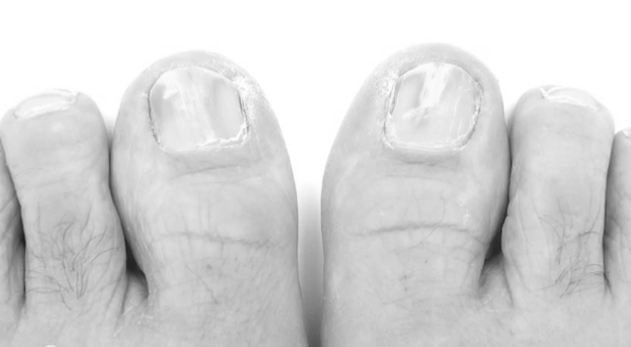
In addition to wearing proper shoes that fit correctly, you should also wear socks and avoid walking barefoot in public places. The following are some other tips to keep your feet and toenails healthy:
Properly fitted shoes
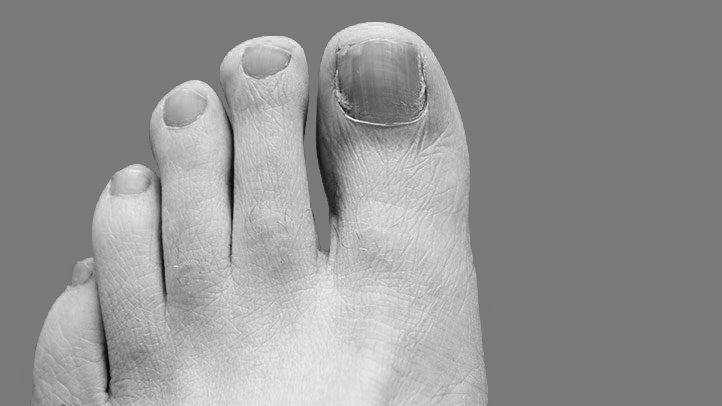
Buying shoes that fit correctly is essential to keep your feet and toenails healthy. The inside of your shoe must hold the ball of your foot comfortably. The arch support should be sufficient, as well as the heel counter. The shoe should leave at least half an inch of space between your toes and the end of the longest heel. A well-fitting shoe should also not cause painful foot problems.
The American Podiatric Medical Association recommends wearing well-fitting shoes to protect your feet. People with foot problems should go to a professional. The APMA also suggests that people with poor circulation and heart problems do not perform self-treatment of their toenails. These individuals should seek the help of a podiatrist to ensure the health of their feet.
A proper fit is essential no matter how large your foot is. Shoes should be appropriately shaped for your foot size and height. Remember to check the arch length before purchasing a pair of shoes. If your shoe is too long, your toenails may grow in unnatural directions. If your feet are too broad, you should purchase a half-size, more giant pair. While buying a pair of shoes, the best way to ensure the perfect fit is to try them on indoors.
When buying sneakers or hiking boots, make sure to break them in before starting your physical activity. By wearing the shoes before you do any physical activity, you prevent blisters and tightness and keep your feet and toenails healthy. Wearing too narrow or too large shoes may aggravate corns and bunions. It is also essential to keep feet clean and dry to prevent infection.
Wearing socks
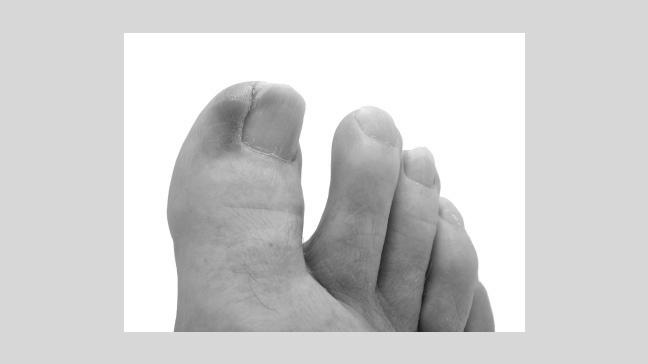
If you’ve ever woken up to find that your feet were freezing in the middle of the night, it’s time to start wearing socks. Not only can socks keep your feet warm, but they’ll help regulate your core body temperature. It will also prevent you from having cold feet! Also, wearing socks helps keep the natural moisture in your feet. If you suffer from dry or cracked heels, here’s how to treat them.
When washing your feet, wash your feet thoroughly with soap and warm water, as dirt and bacteria can collect on them. After washing, use foot powder to help seal out moisture. You can apply it inside your socks or shoes, but be sure to completely dry your feet before putting them on again. Another tip is to wear socks made of natural materials that breathe well, such as cotton or bamboo. Also, try to avoid socks with significant seams and stitching. The socks should also be made of moisture-wicking materials, as these can cause friction inside your shoes.
In addition to keeping your feet warm and comfortable, socks are also an excellent way to protect your feet from infection. Some socks have arch support, cushioned toes, and sole support for your left and right foot. You can also find socks that fit your shoes perfectly. Many socks are made with padding in critical areas, making it easy to wear them with your shoes. Do your research before buying a pair of socks for your feet.
Avoiding walking barefoot in public places
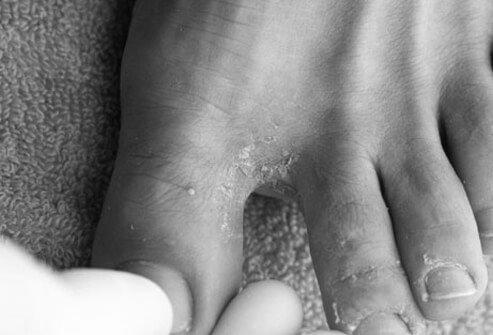
It’s one thing to walk barefoot in your own yard, but it’s completely different to do so in public. Besides, you may be walking in public areas with a higher risk of injuries, such as broken glass, metal, or a spilled beverage. Furthermore, going barefoot in public places exposes you to bacteria that could harm your feet and toenails.
One of the biggest problems diabetics face when they go barefoot is infections. Those with diabetes are particularly susceptible to illnesses because their bodies can’t regulate their blood sugar levels. They also have trouble sensing heat and are less able to detect when their feet become infected. And once an infection does happen, it can be tough to treat. Conditions can even lead to amputation for diabetics.
It’s not just about shoes and socks. In some public places, such as airports, people remove their shoes for security reasons. As such, people can pick up dangerous viruses from these environments. To protect your health, you should wear socks and flip-flops. And, if you’re not able to wear socks, clean them thoroughly and dry your feet immediately after removing them. Clean the inside of your shoes as well.
A good rule of thumb to keep your feet and toenails as healthy as possible is to take care of your feet daily. Make sure to moisturize your feet daily. Keeping your feet moisturized will keep your skin from cracking and even prevent nail fungus and foot infections. Another way to protect your feet is by wearing your own shoes. Sharing shoes or socks can spread bacteria and fungi. If you can’t avoid it, use a disinfectant spray on the shoes before using them.
Avoiding plantar warts
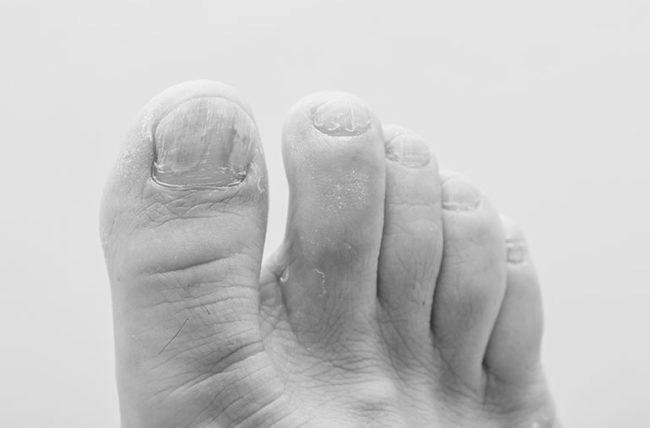
Avoiding plantar warts is crucial to keeping your feet and toenails healthy. You should always keep your feet dry, wear appropriate footwear, and avoid sharp objects. If you think you may have plantar warts, never pick them. Always wash your hands thoroughly after contact with an infected wart. It is also essential to change your footwear if your feet sweat a lot.
Generally speaking, HPV strains that cause plantar warts are not contagious. However, they thrive in warm, moist environments. Changing your footwear is essential. Also, wear sandals to minimize the risk of coming into contact with warts. Follow the steps listed below to protect your toes and feet from plantar warts.
Plantar warts appear on the ball of your foot, and they can look like small calluses. They may also contain black spots or pinholes. They are typically painful and may form in clusters. They can be single or clustered and can be embarrassing to the person who has them. A foot specialist should be consulted if you notice them on your feet.
Another way to avoid getting plantar warts is to wear a patch made of moleskin. You can purchase one from pharmacies or use a moleskin patch. Using a pad to relieve pressure from the wart makes walking more comfortable. Taking a non-prescription medicine can also help. Acetaminophen and aspirin can be used for temporary relief of pain. However, aspirin can cause Reye syndrome, a rare illness. Read the label on the medication carefully.
Taking care of calluses
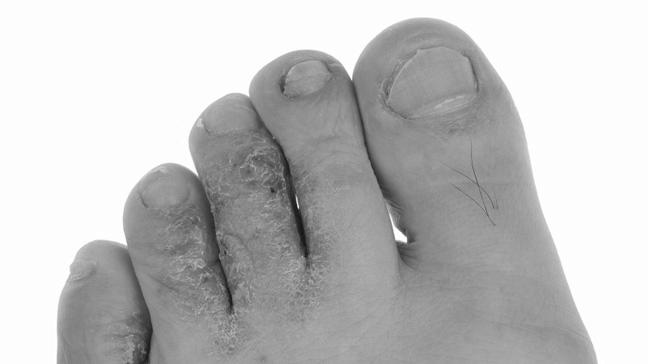
Calluses aren’t a medical emergency, so you don’t have to run to the doctor. Instead, try some home remedies for calluses, usually safe and effective. If you can’t afford professional treatment, try soaking the affected area in warm soapy water for 20 minutes. Then, rub the callus off using your fingertip, sometimes working. Another good remedy is to wear foot pads that reduce the pressure on your feet.
Wear protective footwear or gloves when you’re doing physical activities. You can also use gymnastics grips or work gloves to protect your hands. And, always choose shoes carefully. Avoid buying shoes during the early afternoon, as your feet tend to swell up in the evening. Try on several pairs before purchasing them, and avoid wearing shoes that don’t feel comfortable. You may have to buy a different size than usual – it can make a big difference.
Taking care of calluses for feet may seem like an impossible task. However, the best way to keep your feet healthy is to apply a foot cream every other day. It’s not recommended to apply cream between your toes. You can also use pumice stones to scrub the dead skin off your feet and prevent the formation of calluses. And don’t forget to use hand lotion after every bath. You can apply a foot lotion or moisturizer during the summer months to prevent dryness and cracking.
Taking care of blisters
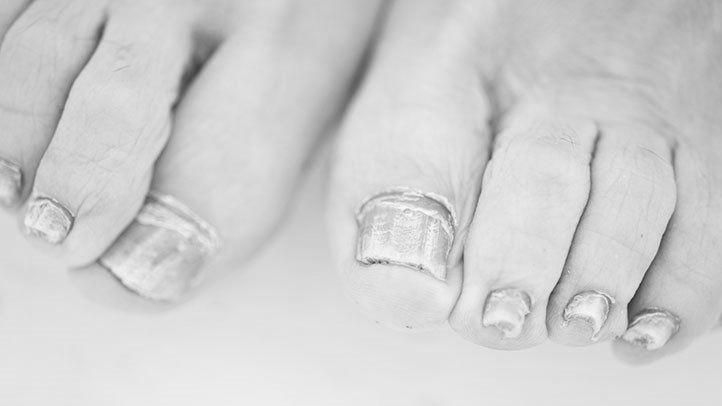
Taking care of blisters is essential to prevent infection. Blisters tend to reoccur quickly and may need to be drained every six to eight hours during the first 24 hours. Additionally, untreated blisters are prone to infection, which can be painful and may require antibiotics. A few blisters are caused by a severe condition, so be sure to seek medical attention as soon as you notice any of these symptoms.
The first step is to clean the area with clean water. You should avoid removing the flap of skin over the blister unless it is dirty or torn. You can use sterile gauze to absorb any fluid. Next, apply a bandage or petroleum jelly over the blister to keep it clean. After the application is in place, you should take it off at night to allow the blister to dry. It is best to change it every day.
Changing socks every few hours is essential. Wearing two pairs of socks can help prevent blisters in high-friction areas. Also, make sure that your shoes are correctly fitted. Badly-fitting shoes will create friction, resulting in blisters. Apply antiperspirant to protect against sweat. If you must wear work gloves, you can also use work gloves. A good pair of socks will reduce friction.
